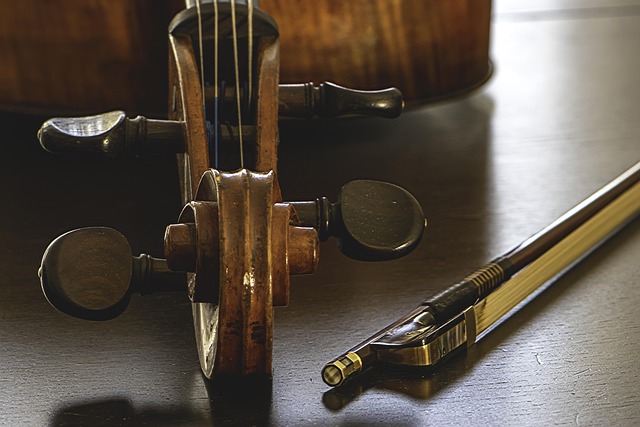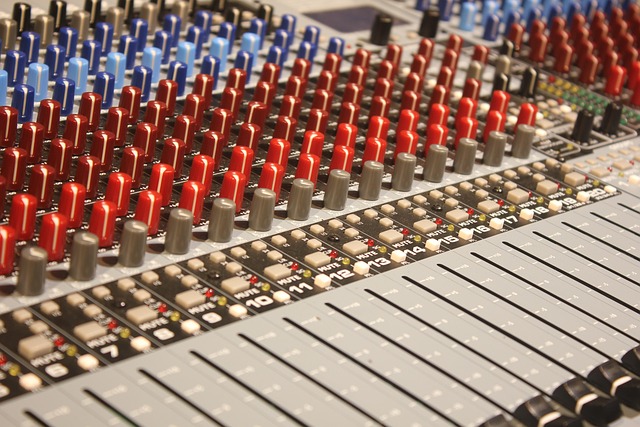Understanding Timbre in Audio Recording
When embarking on the journey of audio recording, one of the most captivating aspects that often goes unnoticed is timbre. This term, derived from the French word ‘timbre’ meaning ‘sound quality’, encapsulates the unique color of a sound that makes it distinct from others. Unlike pitch or loudness, timbre is what allows listeners to differentiate between a piano and a violin, even when they play the same note at the same volume. In the realm of audio, especially within a home cinema or dedicated cinema room, timbre plays a crucial role in enhancing the overall experience.
Imagine settling into your sofa, the lights dim, the anticipation of a cinematic masterpiece hanging in the air. As the film begins, the sound melts into your surroundings, creating an immersive sensation unlike any other. The beauty lies in the layers of sound—each element possessing its own timbre, painting an auditory picture that complements the visuals on screen. For audio enthusiasts, mastering this concept can make the difference between an average home cinema setup and a breathtaking one.
In constructing the perfect audio environment for your home theater, focus on the timbre of your sound system. Choosing high-quality speakers and mixing equipment is essential for achieving clarity and richness in sound. Different speakers might emphasize certain frequencies, impacting the timbre of sounds they produce. This becomes particularly important when mixing audio for video production, where the timbre must align seamlessly with the visual narrative, enhancing emotions and conveying messages effectively.
Furthermore, recording techniques also influence timbre. The placement of microphones and the acoustics of a room can alter the way sound is captured. When recording in your cinema room, understanding these intricacies can help you balance various instruments and voices, creating a unified sound that resonates with the audience. For video creators, recognizing how timbre impacts the viewing experience can elevate your storytelling, drawing viewers deeper into the narrative.
Home cinema setups often incorporate various sound elements—from narration and dialogue to sound effects and background scores. Each of these components has its unique timbre, significantly influencing emotional engagement. A tense scene accompanied by deep, resonant bass can raise the stakes, while bright, airy harmonies can elicit feelings of joy and elation. By appreciating and manipulating timbre, you can harness the power of sound, ensuring that each moment in your film resonates long after the credits roll.
As technology advances, the tools available to us for capturing and reproducing sound continue to evolve. With the rise of sophisticated audio recording software and equipment, a wealth of possibilities opens up for creators and enthusiasts alike. Understanding timbre is not just a technical task; it’s an artistic endeavor that marries science and emotion. By delving into timbre, we can create audio experiences that are not only heard but felt, transforming a simple film viewing into a profound journey through sound.



